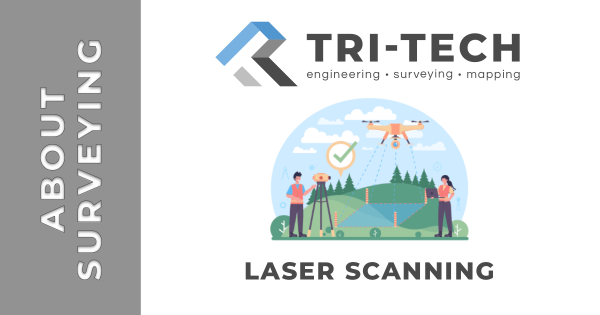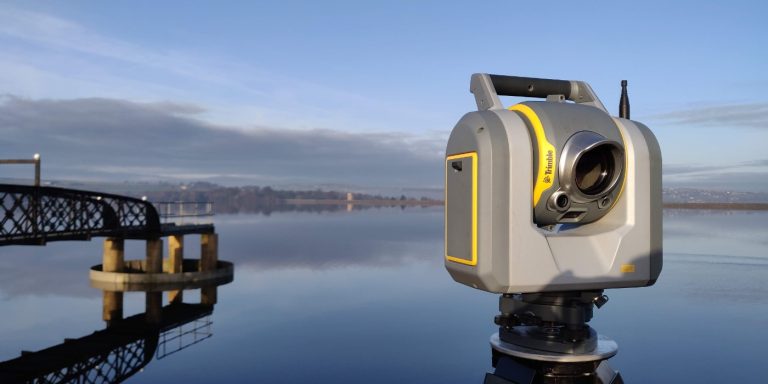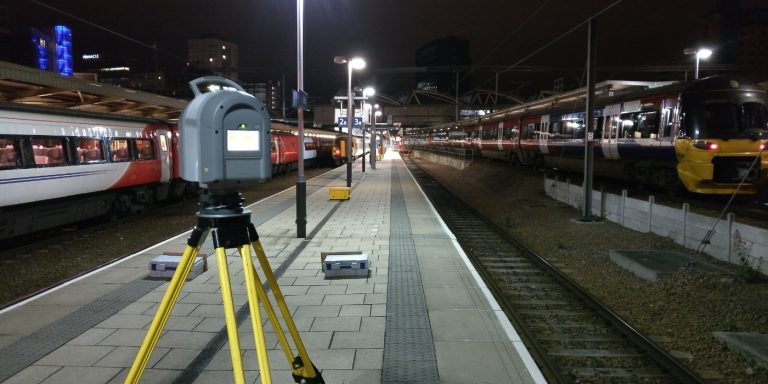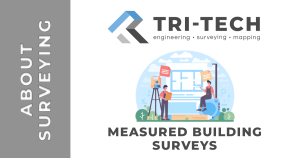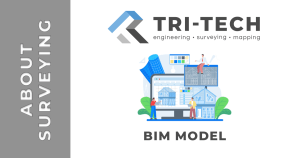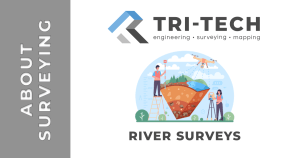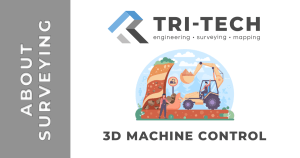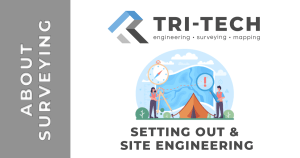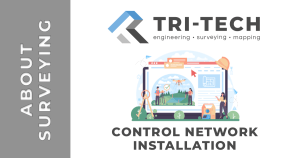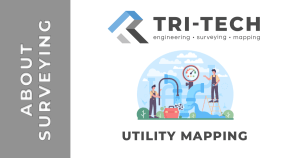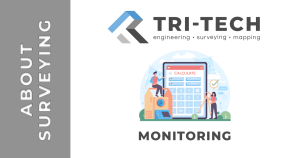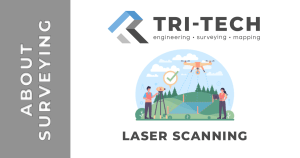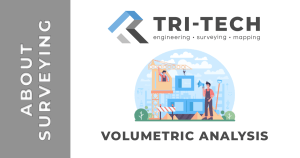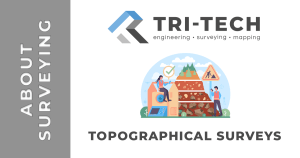Laser scanning, also known as lidar (Light Detection and Ranging), is a surveying technology that uses laser beams to accurately measure the distance, shape, and position of objects in a given environment. The laser scans the environment and collects data, which is then processed to create a highly accurate 3D model of the environment.
Laser scanning is used in a variety of applications, including:
- Surveying: Laser scanning can be used to quickly and accurately measure the dimensions and geometry of structures, landscapes, and other objects, making it an ideal tool for surveying and mapping applications.
- Architecture and engineering: Laser scanning can be used to capture the dimensions and geometry of buildings, bridges, and other structures, providing valuable information for architectural and engineering design.
- Heritage and cultural preservation: Laser scanning can be used to capture the details and geometry of historical and cultural landmarks, providing valuable information for preservation and restoration efforts.
- Construction: Laser scanning can be used to monitor and track changes in the construction site over time, providing valuable information for project management and quality control.
Following our survey, a point cloud is generated which can be used for a variety of tasks. It can be digitised to create 3D linework to create a traditional topographical survey, some clients like to see the the original point cloud or a full 3D Model/BIM model can be created from the point cloud.
Laser scanning provides highly accurate and detailed data, which can be used for a variety of purposes, including design and planning, construction and maintenance, heritage and cultural preservation, and more.

Laser scanning can save time and reduce costs compared to traditional surveying methods, as it can quickly and efficiently capture large amounts of data in a single scan.


